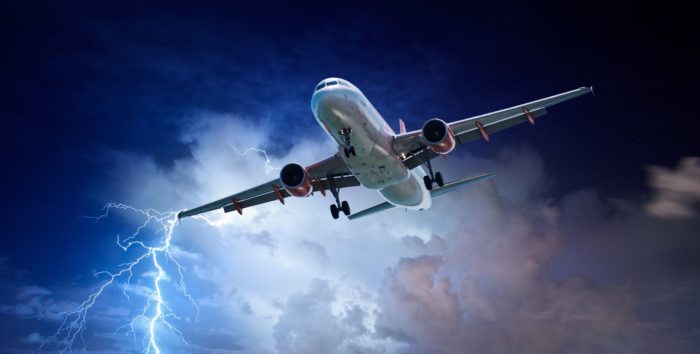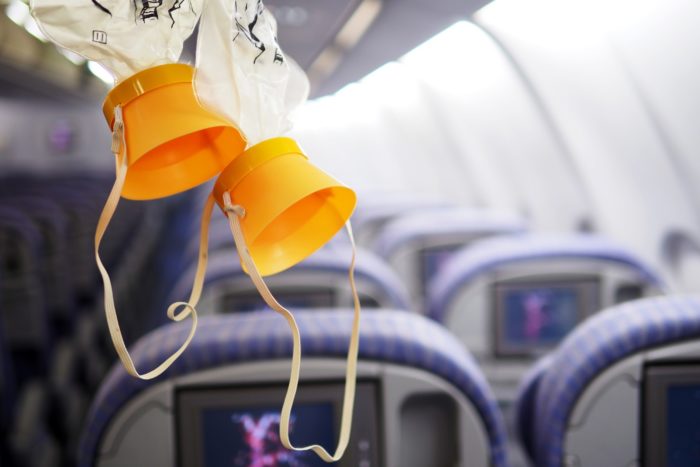5 Tips to Manage Flying Anxiety for Stress-Free Air Travel

For frequent flyers, air travel is a normal part of their life. However, for some people, it’s frightening and a major source of anxiety.
Fear of flying can be due to any of the reasons including fear of enclosed spaces, fear of heights, fear of turbulence, or fear of being out of control.
However, if the thought of flying in a plane sent shivers down your spine and you break out in a cold sweat, read these facts about air travel to help manage your flying anxiety:
1. Flying is the safest form of transport
Plane crashes are extremely rare, and when they do happen the media focusses on them because they are so rare.
As per an article published in the popular news magazine The Week, a study conducted by Harvard University found that the chances of a plane crash are 1 in 1.2 million, and the chances of dying in a plane crash are 1 in 11 million.
In fact, you’re much more likely to die in a car, bus or train accident than in a plane crash.
More than 4 billion people travel by plane each year and in an article published on Popular Science, it states that flying is definitely the safest mode of transport.
2. Pilots are re-tested every 6 months
What you might now know is that pilots have to be re-tested every 6 months to prove their competency and if they don’t pass their simulator test then they are not allowed to fly.
I don’t know of any other industry that re-tests its experts to keep the public safe.
3. A plane can fly safely with just one engine
Many people assume that you need both engines to fly a plane.
However, a twin-engine aircraft can fly safely if one of the engines does not work properly. In fact, even if both engines fail a plane could glide using the principle of flight and this is regularly practiced in the simulator as well as other emergency procedures.
For example, in 2001, Air Transat Flight 236 landed safely without any engine power and with zero fatalities.
4. Turbulence is not dangerous to the plane
For many passengers, turbulence is the most frightening aspect of air travel.
However, turbulence is a normal part of flying, and not in any way dangerous to the plane.
The main danger is people falling over in the aisle if they are not strapped in during a turbulence episode and this is why for your safety the seat belt signs go on when there is a whisper of turbulence.

So always remember to return to your seat and buckle up during turbulence!
5. Oxygen masks really do work!
There’s an old myth that oxygen masks on planes are not effective, but this is false.
When the oxygen pressure in the cabin drops below a certain mark, bags containing the oxygen masks will fall automatically.

It may not seem like there could be enough oxygen to survive, but there is plenty and nothing to be concerned about.
In the end…
No matter how many times nervous flyers read the statistics about flying safety, some people still feel anxious.
It’s such a shame because their fear of flying can affect both their personal and professional life.
So, if you do have a fear of flying, then why not take action and enroll in the Fearless Flyer online course and learn to fly with complete confidence.
Register yourself HERE
